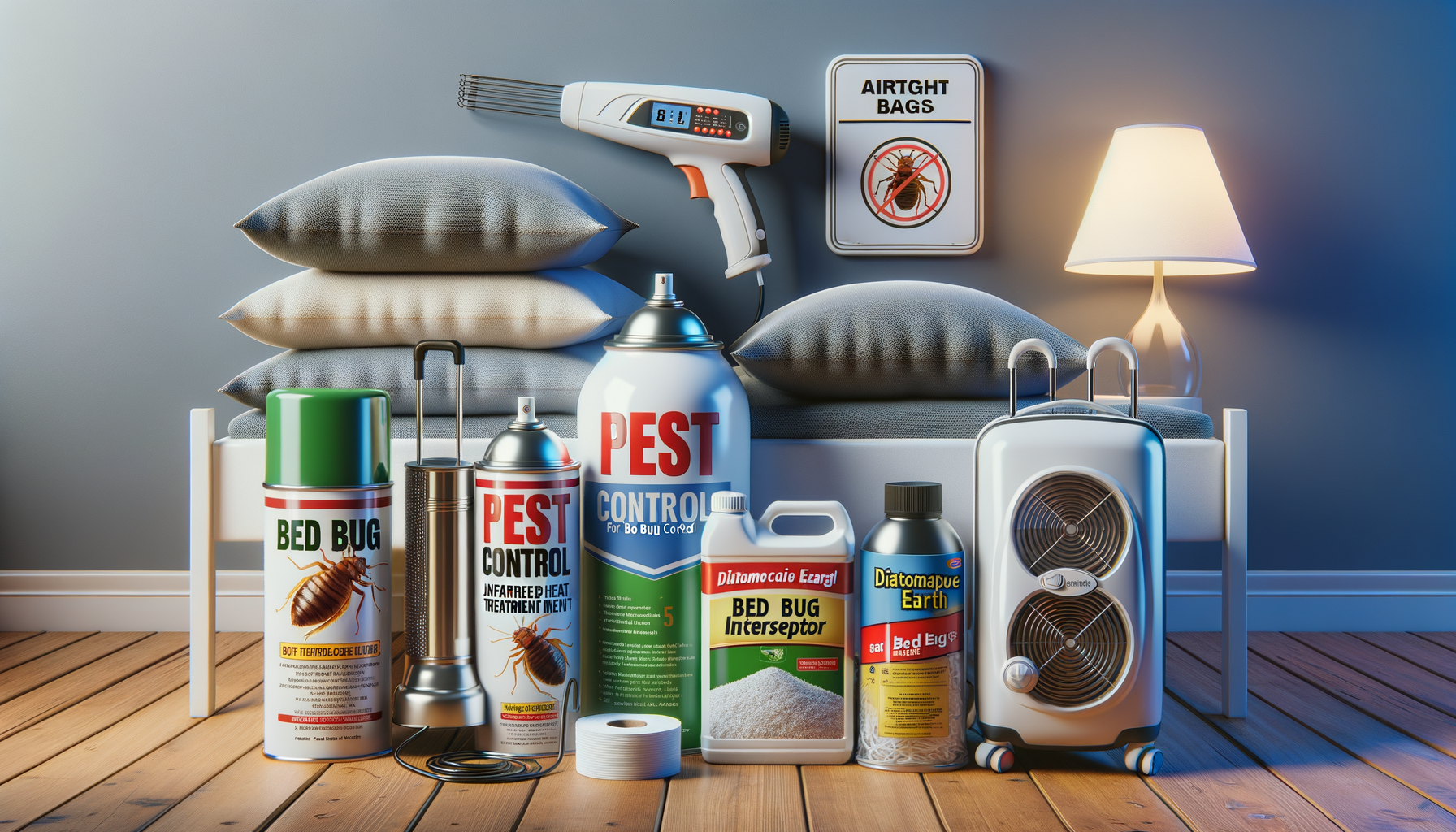5 Effective Strategies for Bed Bug Control
Discover effective strategies to control bed bugs and reclaim your home.

Introduction to Bed Bug Control
In recent years, bed bugs have become a significant concern for homeowners and renters alike. These resilient pests are notorious for their ability to hide in the smallest of crevices and their resistance to many common insecticides. Understanding effective strategies for bed bug control is essential to ensuring a pest-free home. This article explores several methods that can help you manage and eliminate bed bugs, providing peace of mind and a healthier living environment.
Identifying Bed Bug Infestations
Before you can effectively control bed bugs, you must first confirm their presence. Bed bugs are small, reddish-brown insects that feed on human blood, typically at night. Signs of an infestation include:
- Small, red bites on the skin, often in a line or cluster.
- Dark spots on bedding, which are bed bug excrement.
- Shed skins or eggshells near hiding spots.
- A musty odor in the room.
Thorough inspection of your sleeping area is crucial. Look in mattress seams, behind headboards, and in the crevices of furniture. Early detection can prevent a minor issue from becoming a major infestation.
Non-Chemical Control Methods
While chemical treatments are often effective, they should be used in conjunction with non-chemical methods to enhance results. Some effective non-chemical strategies include:
- Vacuuming: Regular vacuuming can remove bed bugs and their eggs from carpets, mattresses, and furniture.
- Heat Treatment: Washing and drying bedding and clothing on high heat can kill bed bugs at all life stages.
- Encasements: Using mattress and box spring encasements can trap bed bugs and prevent them from spreading.
- Decluttering: Reducing clutter in your home minimizes hiding spots for bed bugs.
These methods are environmentally friendly and can be a first line of defense against bed bugs.
Chemical Treatments and Professional Help
In cases of severe infestations, chemical treatments may be necessary. It is important to choose products that are specifically labeled for bed bugs and follow the instructions carefully. Common chemical treatments include:
- Insecticide Sprays: These can be applied to cracks, crevices, and other hiding spots.
- Diatomaceous Earth: A natural powder that can be spread in areas where bed bugs travel, causing them to dehydrate and die.
- Professional Pest Control: Hiring a professional service can ensure a thorough treatment and ongoing monitoring.
Professionals have access to more potent treatments and can provide tailored solutions based on the extent of the infestation.
Preventing Future Infestations
Once you have managed to eliminate bed bugs, preventing their return is crucial. Consider the following preventive measures:
- Regular Inspections: Periodically check common hiding spots for signs of bed bugs.
- Travel Precautions: Inspect hotel rooms for bed bugs and keep luggage off the floor.
- Seal Entry Points: Fix cracks and crevices in walls and furniture to limit hiding places.
- Maintain Cleanliness: Regular cleaning and decluttering reduce the likelihood of infestations.
By taking proactive steps, you can significantly reduce the risk of another bed bug invasion.
Conclusion: Achieving a Bed Bug-Free Home
Bed bug control requires a combination of vigilance, effective treatment strategies, and preventive measures. By identifying infestations early, employing both non-chemical and chemical methods, and taking steps to prevent future issues, you can successfully manage and eliminate bed bugs from your home. Remember, persistence is key, and with the right approach, you can reclaim your home from these unwelcome pests.